8. Enter the Void
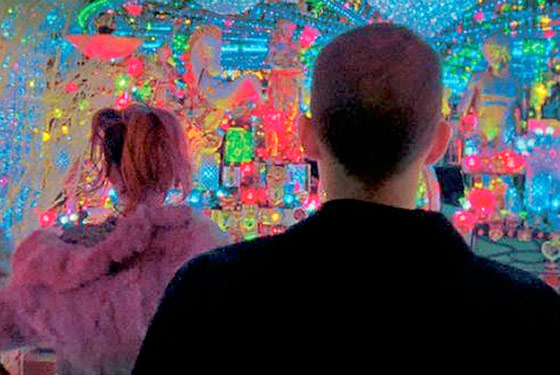
French director Gaspar Noé is recognized for his controversial films that aim to “disrupt and disturb” the viewers; this 2009 film successfully achieved this goal once more.
The movie is about Oscar (Nathaniel Brown), an American drug addict and dealer based in Japan, who was killed in a drug deal by a police as he was framed by his best friend.
Following his death, his soul travels to the past, revisiting his childhood experiences with his sister and staining his innocence as well as seeing through the future, watching his prostitute sister grieve over his death and continue living without him in different perspectives.
Watching the movie is like a dreamy and psychedelic experience. The style of Noé’s storytelling is depressing and exhausting, but his visuals are simply astounding. The use of strong neon colors to give justice to Oscar’s stoned and hallucinating state of mind, and the representation of Oscar’s “trip” makes the audience feel “something.”
The ideas of incest and abortion and the explicit scenes of sex and accidents are powerfully upsetting. However, it is filled with metaphors and deeper meanings that one can learn about life. The film gives you a traumatizing feeling hours after watching it, but the realizations about life and death would absolutely help you recover.
Most haunting scene: The shocking abortion scene.
9. Eyes Wide Shut
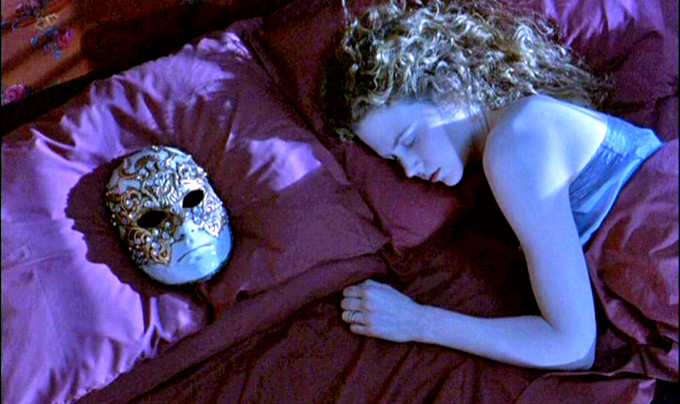
The second Stanley Kubrick film on this list was released in 1999, just after his death. Kubrick is known for his legendary and theoretical films, which made “Eyes Wide Shut” one of the most controversial movies ever made.
By casting real-life couple (during the release of the film) Tom Cruise and Nicole Kidman, and involving a cult, the movie became a subject of controversy and rumor relating to Kubrick’s death.
The movie portrays the story of Dr. William Hartford (Cruise) who spent a night seeking a sexual adventure in New York when his wife, Alice (Kidman), confessed that she almost cheated on him once. Dr. Hartford’s midnight stroll led him to meet different people and discover a secret kept by a privileged few.
The erotic drama has obvious disturbing themes, such a secret society, infidelity, sex trafficking and lust that makes it sensitive for viewers. The dreamy ambiance and sense of mystery, as well as the riddle-like lines that sound like a puzzle, not just for the characters but also for the audience to solve, makes it more eerie and uncomfortable.
If you read between the lines and look deeper into Kubrick’s clues through mise-en-scenès and the subtext of the lines, the experience of watching a creepy film would make it enlightening in an unusual way.
Most haunting scene: William is walking in a room where a cult gathering is held.
10. Mulholland Dr.
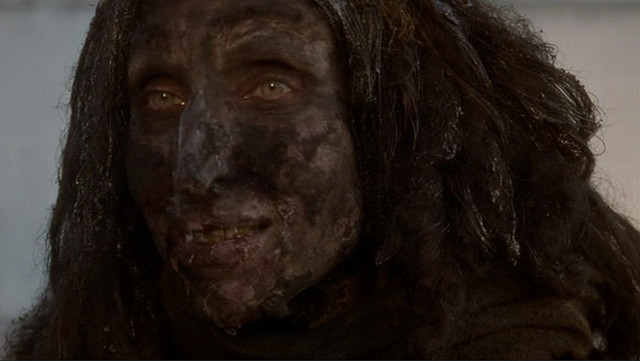
The 2001 neo-noir film by David Lynch is one of his most known and notable works alongside “Blue Velvet” and “Eraserhead”. Lynch was known for his surrealist and violent films, and his obscure and strange way of storytelling make the viewers disoriented and confused, questioning the points his films make but always leaving everything to everyone’s own interpretation.
This film is about Rita (Laura Harring), following a car crash, who forgot her identity and ended up in an apartment of an aspiring actress named Betty (Naomi Watts). The relationship the two of them had formed will unlock another story involving a blue box.
The movie is misleading and complicated, therefore, it requires a massive amount of attention to detail. The movie jumps from different stories that connect themselves as the movie runs further, and the revelation at the last chapter of the movie is emotionally painful to watch.
The way Lynch made his imagery with such horror and terror reaches to the viewers in both spiritual and emotional ways. “Mulholland Dr.” is the kind of movie that would make a viewer heavy-hearted throughout the entire run.
Most haunting scene: An old couple rushing toward Diane out of nowhere.
11. Melancholia
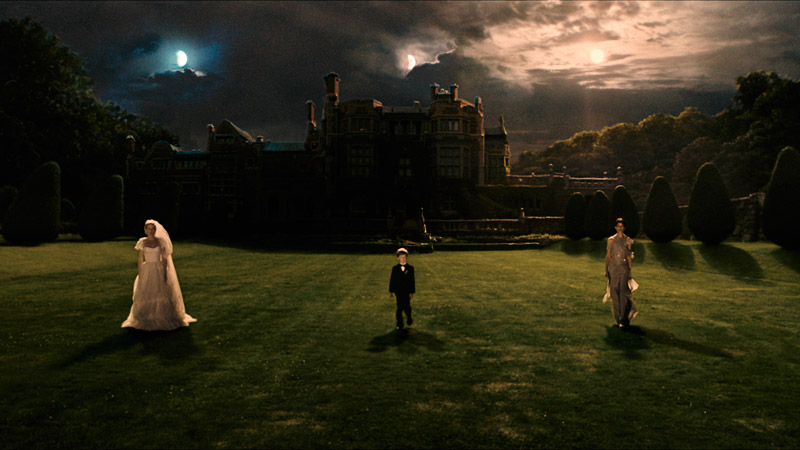
The second part for director Lars von Trier’s controversial “Depression Trilogy” is a 2011 art film starring Kirsten Dunst and Charlotte Gainsbourg.
The film was inspired by the therapy sessions of von Trier while treating his depression; his therapist allegedly told him that depressed people tend to act more calm under difficult circumstances than normal people do, because they are already expecting the worst to happen.
The film tells the story of sisters Justine (Dunst) and Claire (Gainsbourg). Justine, who claimed she is capable of “knowing things,” is depressed from her marriage and spends time with Claire and her family while a planet named Melancholia is approaching Earth. Claire is left challenged by her paranoia that the planet will hit and crash into Earth.
“Melancholia” slowly tortures the viewers by using the gloomy atmosphere and distressing mood of the actors. The minimal yet emotional way of acting gives a pessimistic vibe.
The film is draining to watch, especially when watching the characters as well as the Earth turn into sad and lifeless elements used in the movie. It is brutally honest by presenting possibilities and “worst case scenarios” people would not expect and want to happen. It channels a dark and depressing vibe during its entire run, and would definitely give a traumatizing experience to its viewers.
Most haunting scene: Seeing the world slowly end and how people react to it.
12. In My Skin
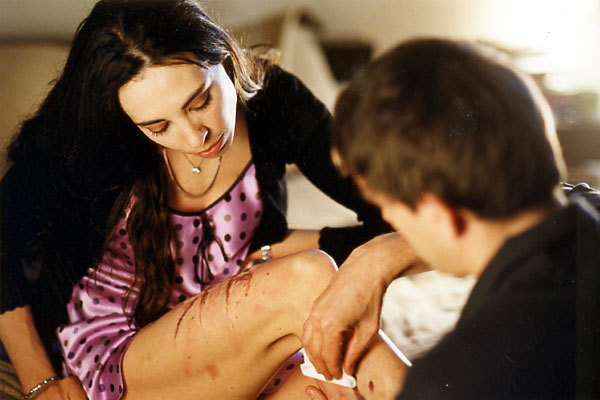
French movies are known for their bizarre and unique content; they produce films with storylines that are unusual, that one might have never heard of before. They might be not everyone’s cup of tea, but for people who like watching new and intriguing films, this movie is worth a try.
Marina de Van starred, directed and wrote this 2002 drama. It is about Esther, played by Marina de Van, a woman who injured herself following an accident and found self-mutilation fascinating and then became obsessed with it.
The film is bizarre and discomforting to watch, as seeing a woman cut herself and bleed heavily would give anyone a nauseous and sickening feeling. The framing of the shots look like an artwork in a brutal way and the self-mutilation scenes are painful and stomach-turning.
Marina de Van nailed each and every scene; the film achieved its purpose of showing addiction in a different way. It has its messages and metaphors to deliver and do more than just visually tease and affect the audience. Watching “In My Skin” is experiencing dread clinging into YOUR skin.
Most haunting scene: Esther’s self-mutilation during a business dinner.
13. Nekromantik
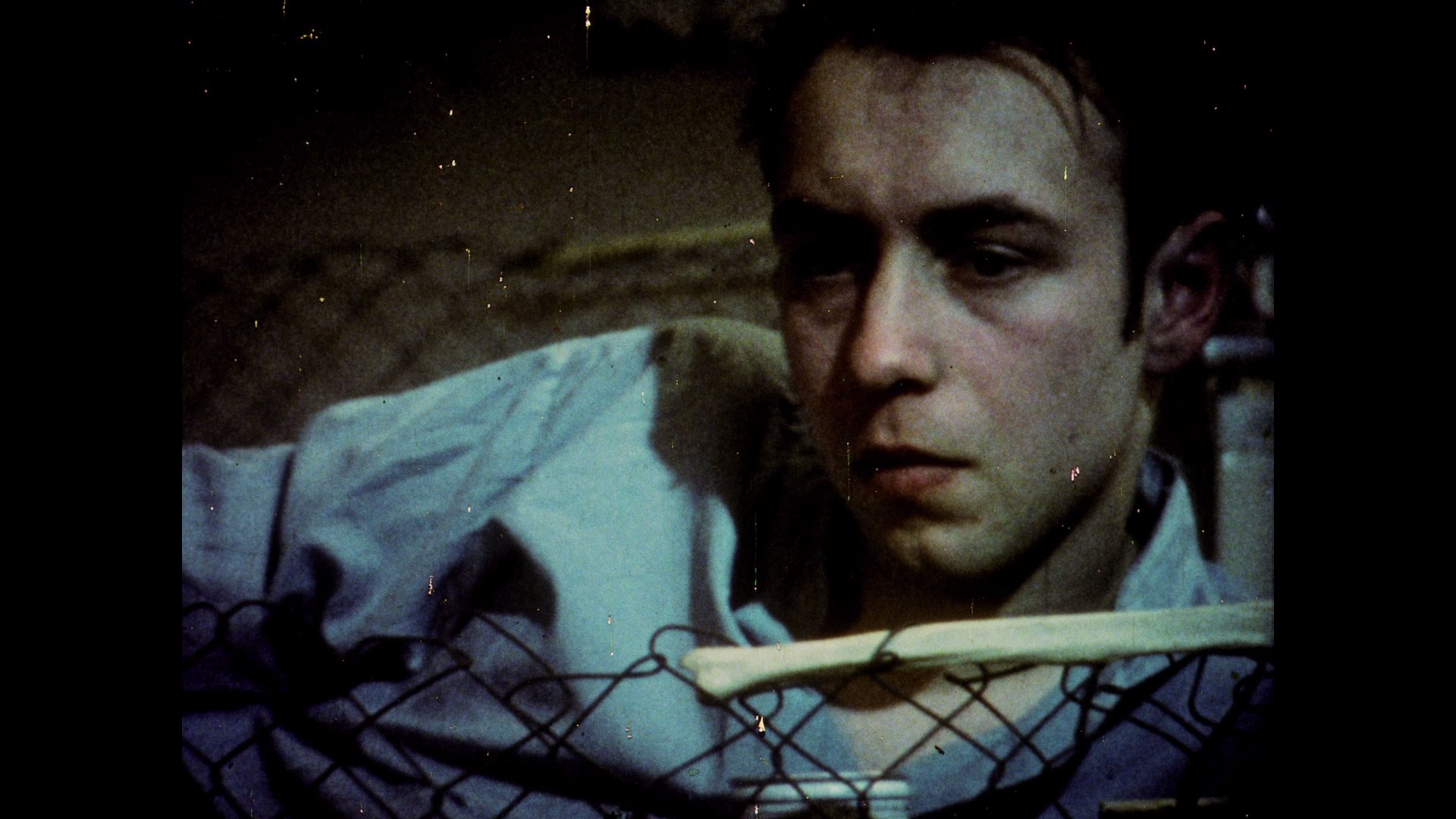
“Nekromantik” is a 1987 German horror film directed by Jörg Buttgereit. It follows the story of Robert, played by Daktari Lorenz, a street sweeper who brought home a rotten corpse to spice up his sexual relationship with his girlfriend, Betty (Beatrice Manowski).
The couple was having a great time with the corpse until things got messed up and took a completely different turn. The movie was banned in numerous countries because of the controversies it started, and bold themes such as necrophilia and animal cruelty.
In this film, a love story is told in a very weird way. The film is not violent, but absolutely disgusting; not just by the idea of necrophilia, but also with animal cruelty (the film used real animals because of their tight budget).
Some people find the movie funny and looked at it as a comedy, but Buttgereit showed an honest story of a necrophiliac couple trying to save their relationship, and it is actually a sad and dark story.
Many people mistook it as just another disgusting movie with lots of sex and nasty things, but the film is filled with vulgar metaphors and imagery that explains the mental state of a man who feels lonely and is sexually involved with the dead.
Most haunting scene: The couple’s sexual intercourse with a rotten corpse.
14. The Corpse of Anna Fritz
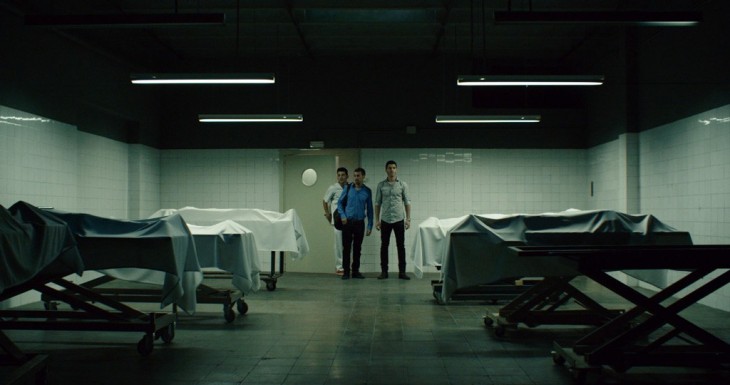
Another film about necrophilia on this list is the 2015 Spanish thriller directed by Hèctor Hernández Vicens. It follows the story of Pau, an orderly who works at the hospital morgue.
During his shift, he saw the corpse of Anna Fritz, a beautiful and famous actress, and sent the corpse’s photos to his friends. His friends came in to check out the corpse until they decided to take advantage of the opportunity and be the last people to have sex with the actress. The friends took turns raping the corpse until an unexpected event occurred, leaving them shocked and problematic.
With a creepy vibe, “The Corpse of Anna Fritz” is not a horror movie at all. It’s a suspenseful thriller starting with an eerie atmosphere, escalating to violence and brutality. Director Hèctor Hernández used the classic thriller style, which is one of the best things about the movie.
With its minimal visual and sound effects and the power of brilliant acting, the movie succeeded by putting the viewers on the edge of their seats, not knowing what will happen and praying for a decent resolution. “The Corpse of Anna Fritz” is a combination of disturbance and thrills that captures the audience’s emotions and consciences.
Most haunting scene: The whole act of necrophilia committed by the friends.
15. Begotten
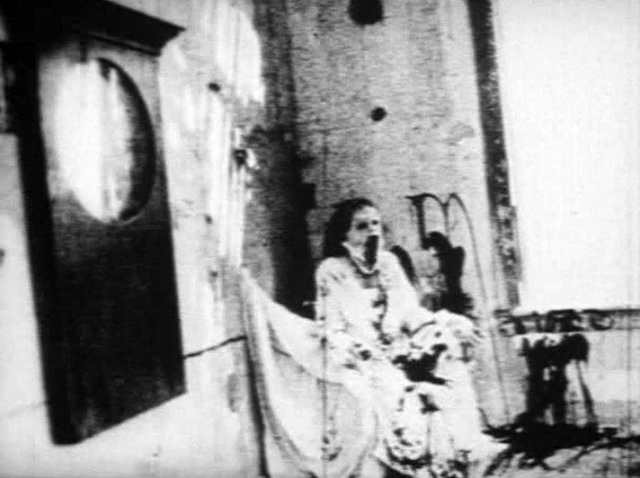
“Begotten” is probably the weirdest and unusual movie on this list. The 1990 experimental art film was directed by E. Elias Merhige, and it opens with a bleeding “God” disemboweling himself on a chair until his death.
“Mother Nature” then rises underneath God’s robe and impregnates herself using the semen she took from God’s body. She gives birth to a full grown man, “Son of God”. Both of them are tortured and suffered in the hands of faceless men in black robes. The film is intriguing with its gruesome and surreal visuals acted out by religious figures.
The film is weirdly unique with its black and white color and absence of dialogue. The genius storytelling, by only using meaningful visuals and support of the audio, is something Merhige executed skillfully.
Just watching the movie is not enough for the experience to be sensible; viewers need a sense of understanding and reading between the metaphorical imagery the director used. Merhige produced a movie that requires the audience’s participation by analyzing and realizing the hidden messages put into it.
Aside from the dark, disturbing and grotesque visuals and audio, the film delivers a story of life and death that some do not appreciate after one viewing. Although the movie lacks the elements of typical movies, “Begotten” is one of the movies that are hard to forget with its disruptive and hypnotic ambiance and subtext.
Most haunting scene: “God” disemboweling himself.
Author Bio: Adrienna Borda is a Mass Communication student from the Philippines. Apart from her insurmountable amount of love for films, she is aspiring to direct one (or more) too. She enjoys watching weird films probably because she, too, is weird.